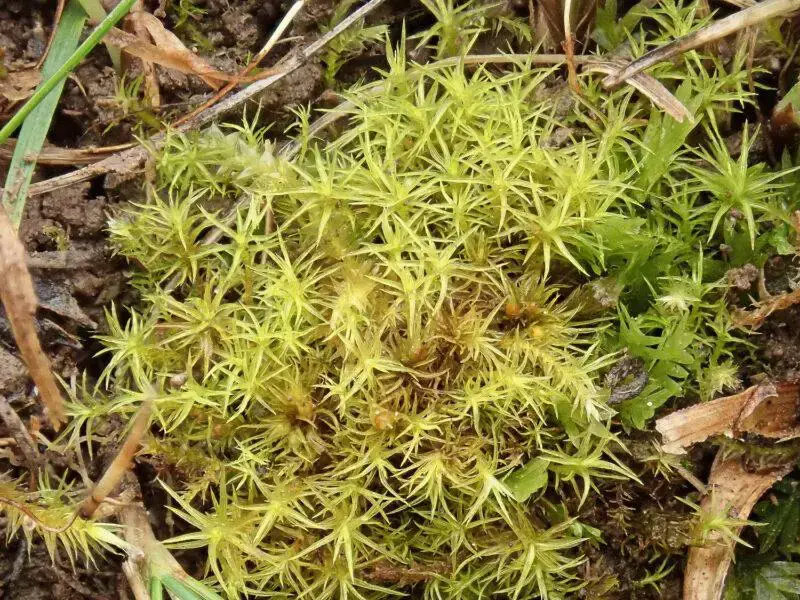
Weissia-sterilis_Fontmell1red-1-800×600.jpg from: https://www.britishbryologicalsociety.org.uk/learning/species-finder/weissia-longifolia/
Exploring the Fascinating World of Weissia canaliculata Hampe Moss
Introduction
Mosses are often overlooked, but they play crucial roles in ecosystems around the world. One particularly interesting species is Weissia canaliculata Hampe
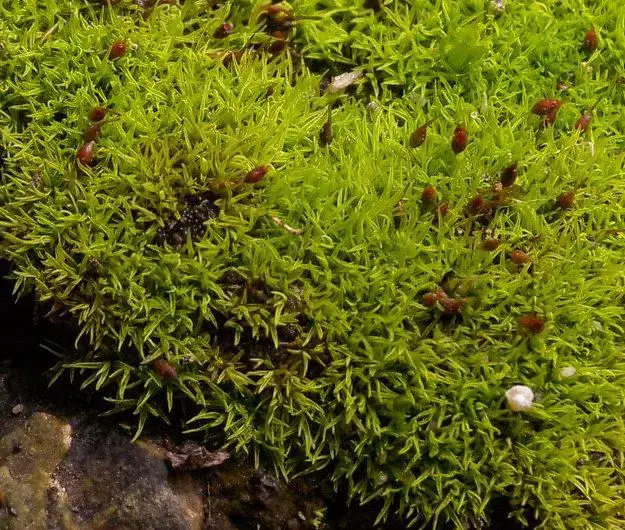
pt_moss2.jpg from: https://www.illinoiswildflowers.info/mosses/plants/pigtail_moss.html
, a small but mighty moss in the
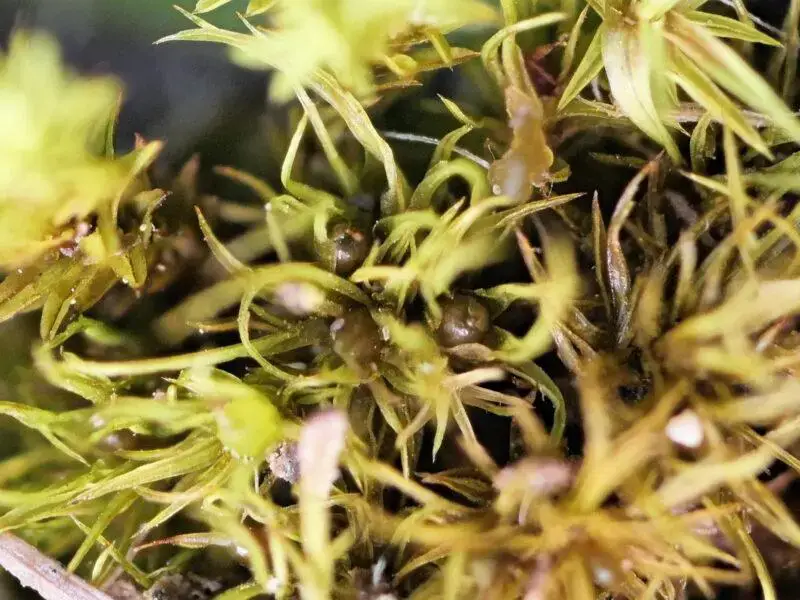
Weissia-sterilis-capsules-800×600.jpg from: https://www.britishbryologicalsociety.org.uk/learning/species-finder/weissia-sterilis/
Pottiaceae family. In this blog post, we’ll dive into the details of this fascinating plant, from its unique morphology to its global distribution and ecological importance.
Background on Mosses
Before we get into the specifics of W. canaliculata, let’s review some background on mosses in general. Mosses are non-vascular plants in the division Bryophyta. They lack true roots, stems, and leaves, instead having structures that serve similar functions. Mosses reproduce via spores rather than seeds and require moisture for sexual reproduction.
full from: https://arachnoboards.com/gallery/weissia-moss.38843/
There are over
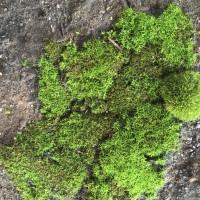
38840-37292b19591d4d23692fab7f740a5fa4.jpg from: https://arachnoboards.com/gallery/weissia-moss.38840/
12,000 species of moss found all around the world, from the Arctic to the tropics. They often grow in dense mats or cushions on soil, rocks, trees, and even man-made structures. Mosses play important roles in their ecosystems, helping with moisture retention, erosion control, nutrient cycling, and providing habitat for small invertebrates.
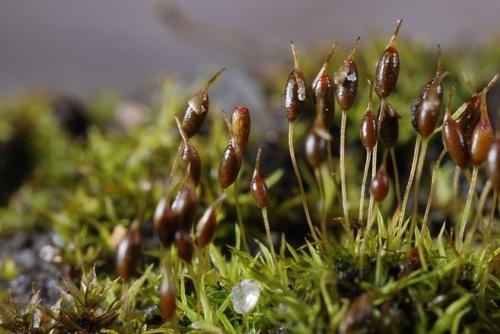
medium.jpg from: https://www.inaturalist.org/guide_taxa/225530
Morphology and Identification
Weissia canaliculata is a small, tufted moss that typically grows in dense cushions. The individual plants are usually only 2-10 mm tall. The leaves are lanceolate (lance-shaped) and have a distinct channeled appearance due to the strongly recurved margins. This channeled look is what gives the species its name – “canaliculata” means channeled in Latin.
The leaf cells are small and rounded-quadrate. W. canaliculata is autoicous, meaning that both male and female reproductive structures are found on the same plant. The capsules (spore-bearing structures) are ellipsoid and borne on a short seta (stalk). The peristome teeth (structures surrounding the mouth of the capsule that aid in spore dispersal) are short and often rudimentary or absent.
Global Distribution and Habitat
Weissia canaliculata has a wide distribution, being found in Europe, Asia, Africa, Australia, and the Americas. It is most commonly found in temperate regions but can also occur in some subtropical and Mediterranean areas.
This moss is typically found growing on exposed, calcareous soils such as those in grasslands, sand dunes, cliff crevices, and disturbed areas. It is tolerant of drought and high-light conditions, which allows it to colonize habitats where other mosses may struggle to survive.
Ecological Roles and Adaptations
Like other mosses, W. canaliculata plays an important role in its ecosystem. It helps to stabilize soil, retain moisture, and cycle nutrients. The dense cushions it forms can also provide shelter for small invertebrates like mites, springtails, and tardigrades.
W. canaliculata has several adaptations that allow it to thrive in the often harsh conditions of its preferred habitats. The channeled leaves help to retain moisture by reducing surface area and creating capillary spaces. The leaves also have hair points which may help to reflect excess light and slow water loss. The small, rounded leaf cells are an adaptation to drought conditions, as they have a lower surface-area-to-volume ratio and thicker cell walls than larger, thinner-walled cells.
Conclusion
Weissia canaliculata may be small, but it is a true survivor, able to thrive in conditions that would be challenging for many other plants. Its unique morphology and adaptations make it well-suited to its niche in a variety of habitats around the world. The next time you’re out in nature, take a closer look – you might just spot a patch of this remarkable little moss, quietly doing its part to support the ecosystem. What other secrets of the natural world are waiting to be discovered right beneath our feet?